Do you have a question about this product?
Ask us your question
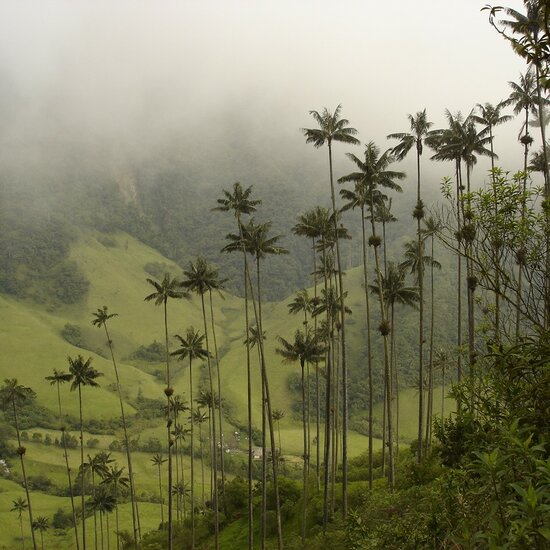
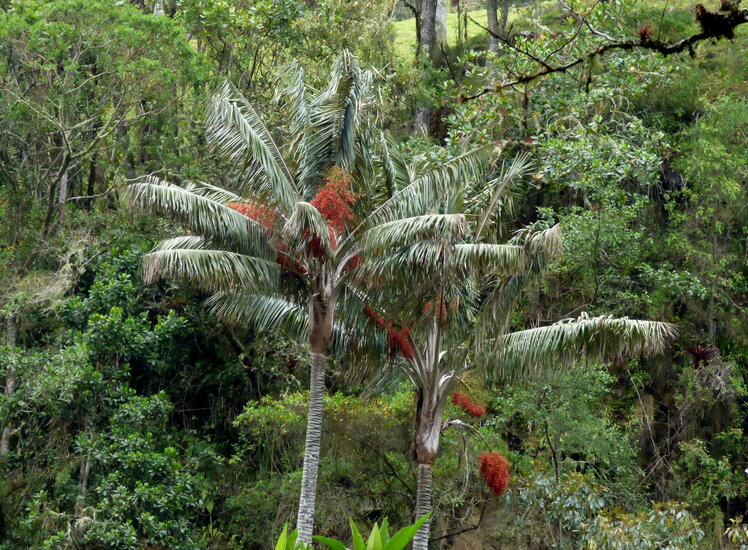
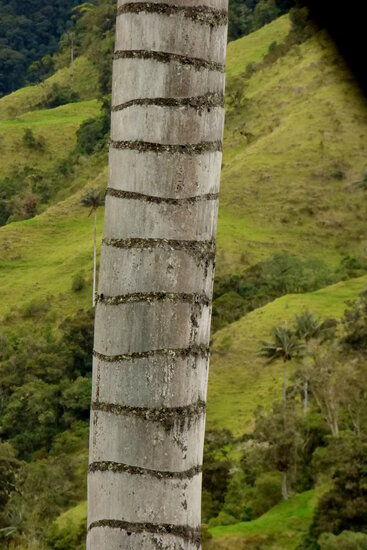
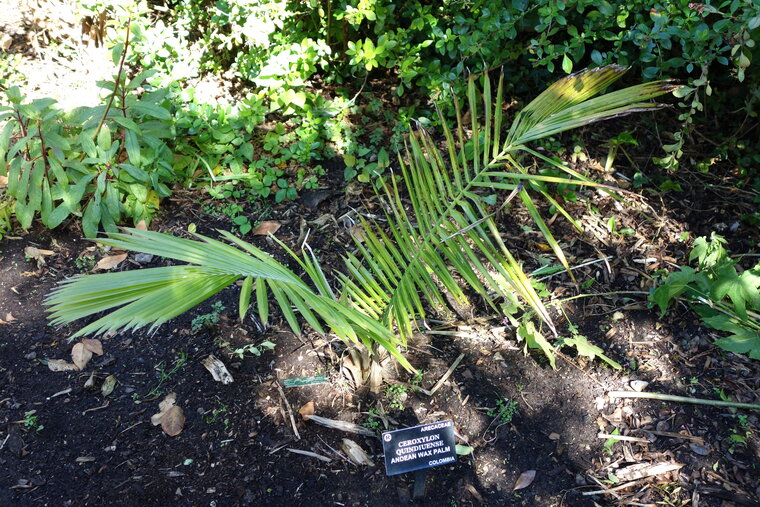
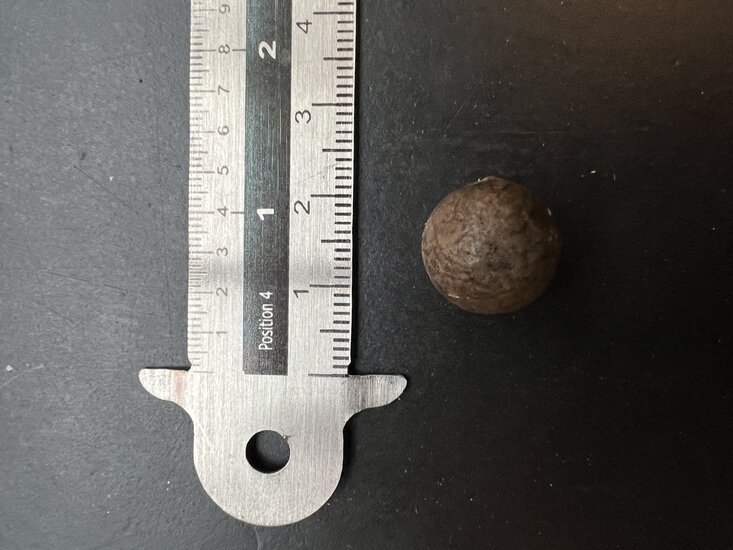





Product description
The Quindio wax palm makes a striking appearance with a length of up to 60 metres. This makes it the tallest palm in the world. The palm species originates from the mountain forests of the Andes in Peru and Bolivia, where it occurs in dense populations at an altitude of 2,000 to 3,000 metres. Despite its dense populations, it is an endangered species partly due to intensive land use. The name comes from the wax layer found on the bark of the mature palm, which is still harvested in Colombia and Peru for making candles and soap. The scars of the palm leaves form beautiful stripes on the pale trunk in mature palms. The young pinnate palm leaves were traditionally used in the Catholic Church during the celebration of Palm Sunday. It is the national palm of Colombia.The palm is a slow grower despite its famed heights. The flowers grow in large clusters followed by orange-red fruits. Give the plant a position with indirect sunlight and well-drained soil. The palm prefers a humus-rich, slightly moist soil. The palm is best kept in a large pot indoors in a relatively cool place. Older plants could also tolerate a few degrees of frost.
Sowing instructions: First keep the seeds in the fridge for 4 weeks and then soak them in lukewarm water for 24 hours. Sowing can be done in sowing soil at 15-20 degrees Celsius. Keep the soil constantly slightly moist, after which germination can follow after 3-4 months or as long as the seeds are hard.
Product specification
Family:
Arecaceae
Scientific name:
Ceroxylon quindiuense
Common name:
Quindio wax palm
Native to:
Peru and Bolivia
Sowing time:
All year round
Difficulty level:
Challenge
Minimum temperature:
0 degrees Celsius
Do you have a question about this product?
Ask us your question
Product specification
Family:
Arecaceae
Scientific name:
Ceroxylon quindiuense
Common name:
Quindio wax palm
Native to:
Peru and Bolivia
Sowing time:
All year round
Difficulty level:
Challenge
Minimum temperature:
0 degrees Celsius
Add review
Write a review about this product.
Reviews
View all reviews from our customers below
1,0
on the basis of 1 reviews
Eind september '24 10 zaden besteld
Begin oktober '24 geplant
Net als de toen bestelde wandelpalm helaas niets geworden
Was het proberen waard.
Op naar andere soorten



